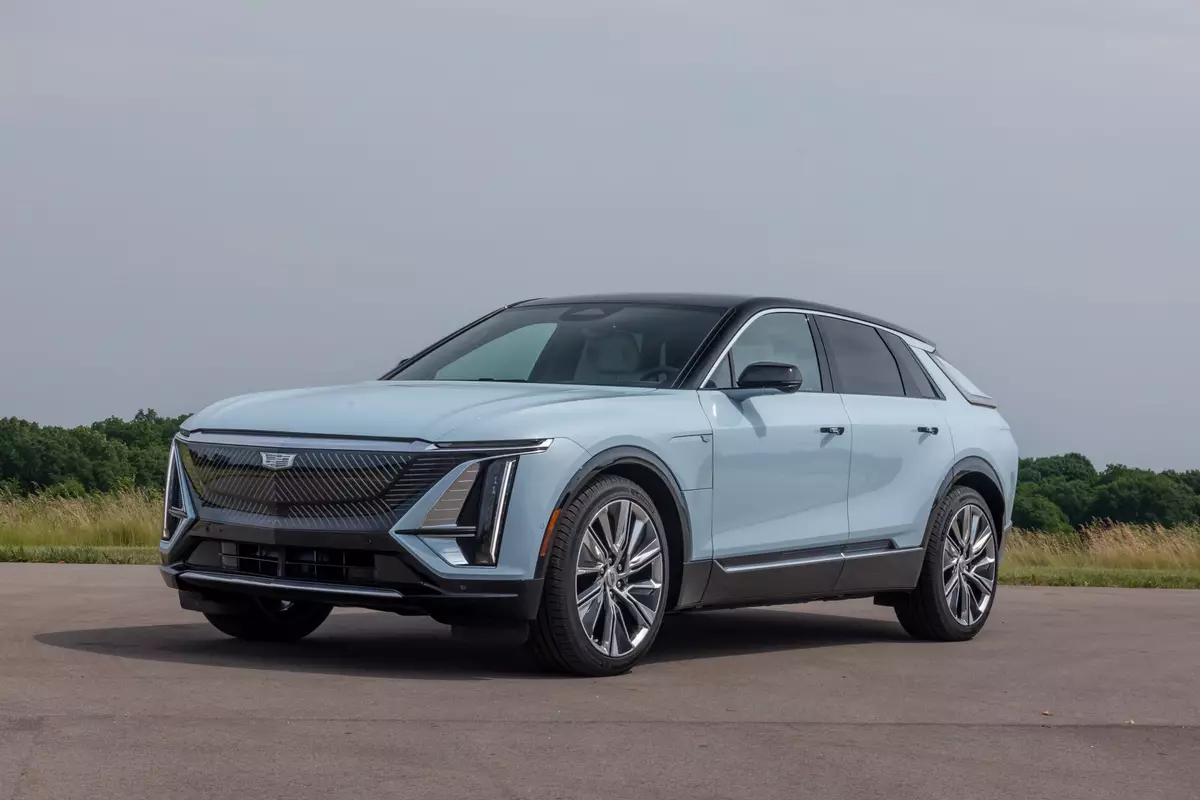washingtonpost.com's view
Mitsubishi Motors calls its 2003 Outlander an “entry-level crossover SUV.” It is a term of art designed to woo young buyers who need a station wagon but who want a truck.
Thus, the Outlander has the stance and exterior styling of a rugged sport-utility vehicle, but it also has the genteel ride of a large sedan and the hauling capacity of a station wagon or minivan.
This design strategy has worked well for rival “crossover vehicles” such as the Honda CR-V, Subaru Forester and Toyota RAV4. Sales of those and similar models rose 29.3 percent in 2001 — a year in which overall car and truck sales fell 1.2 percent. Given the quality of the tested Outlander LS and XLS models, it should work well for Mitsubishi, too.
Still, I wish Mitsubishi would abandon the silliness of calling the Outlander a “sport-utility vehicle.” It isn’t one.
The Outlander is a pavement-only vehicle, available with front-wheel drive or full-time all-wheel drive. Its marketing encourages the exploration of the great outdoors. But anyone who follows that siren song onto rutted, rocky roads will wind up singing the blues.
The Outlander is a station wagon, which means it has a lower ride height than a small SUV. And that’s okay, because it really is meant to be a station wagon, and a very good one at that.
The Outlander’s all-wheel-drive version is as competent as any all-wheel-drive wagon now available in the United States. It will get you through snow, rain and mud as long as those accumulations are atop pavement or blacktop. It can carry lots of stuff — up to 60.3 cubic feet of cargo with the second row of seats folded. When properly equipped, it also can tow a trailer weighing 1,500 pounds.
Those are all of the things most people want from a family carrier, but Mitsubishi has thrown in lots of extras to increase the Outlander’s appeal. Even the base LS version has an impressive array of standard equipment, including power windows, locks and side-view mirrors, standard side air bags for the driver and front-seat passenger, and an attractive passenger cabin.
The cabin, in fact, is one of the Outlander’s most remarkable features. Mitsubishi has gone out of its way here to give entry-level buyers more than most would expect to get. Interior materials feel rich. The front bucket seats are comfortable. There is ample room for long legs between the second and first rows of seats. The instrument panel, accented by a center-mounted analog clock, is as beautiful as it is ergonomically thoughtful. It’s a good feel all around.
To the extent that there is any incongruity in all of this, it’s in the Outlander’s engine — a 140-horsepower, 2.4-liter in-line, four-cylinder job borrowed from the Mitsubishi Galant mid-size sedan. I frankly have no problem with this engine. It’s decent. It does what it does, but it does not do enough for buyers who might want the Outlander’s perfor mance to match its aggressive, high-end appearance.
The bottom line? Before the Outlander, Mitsubishi had nothing to go after the buyers who were being taken by the likes of the Honda CR-V, the four-cylinder Ford Escape/Mazda Tribute, the Subaru Forester and the Toyota RAV4. Now, Mitsubishi has a worthy competitor, and buyers of crossover vehicles have another valid choice.
Latest news



